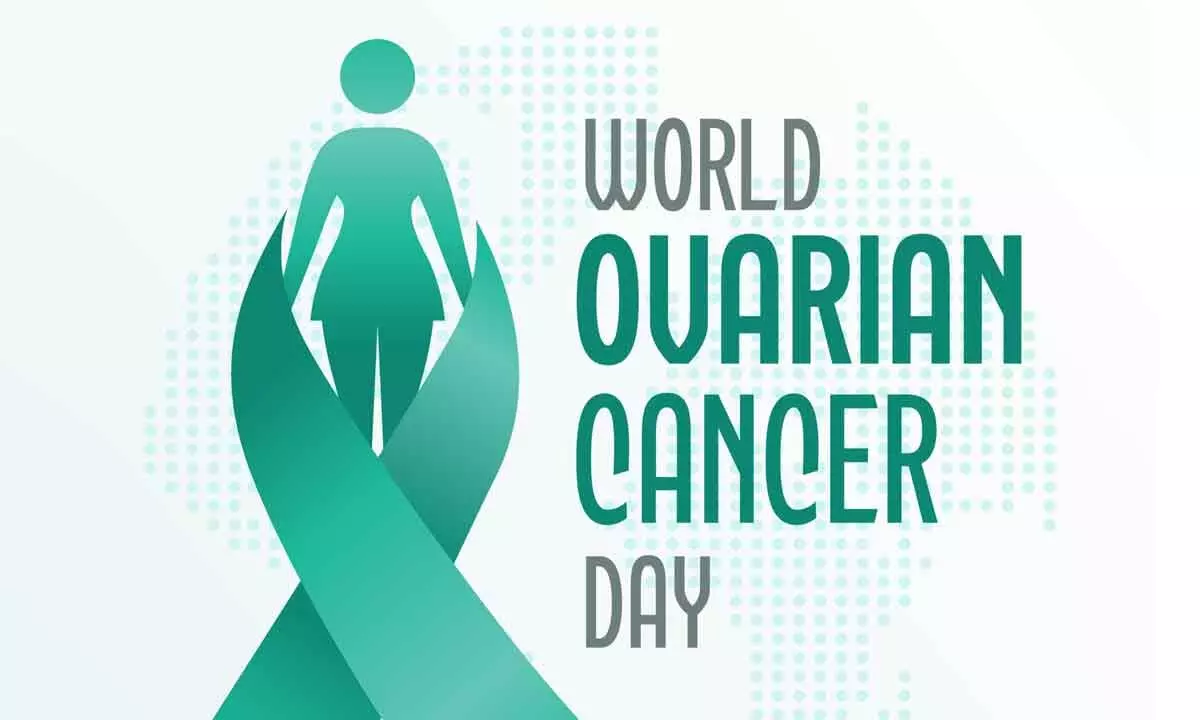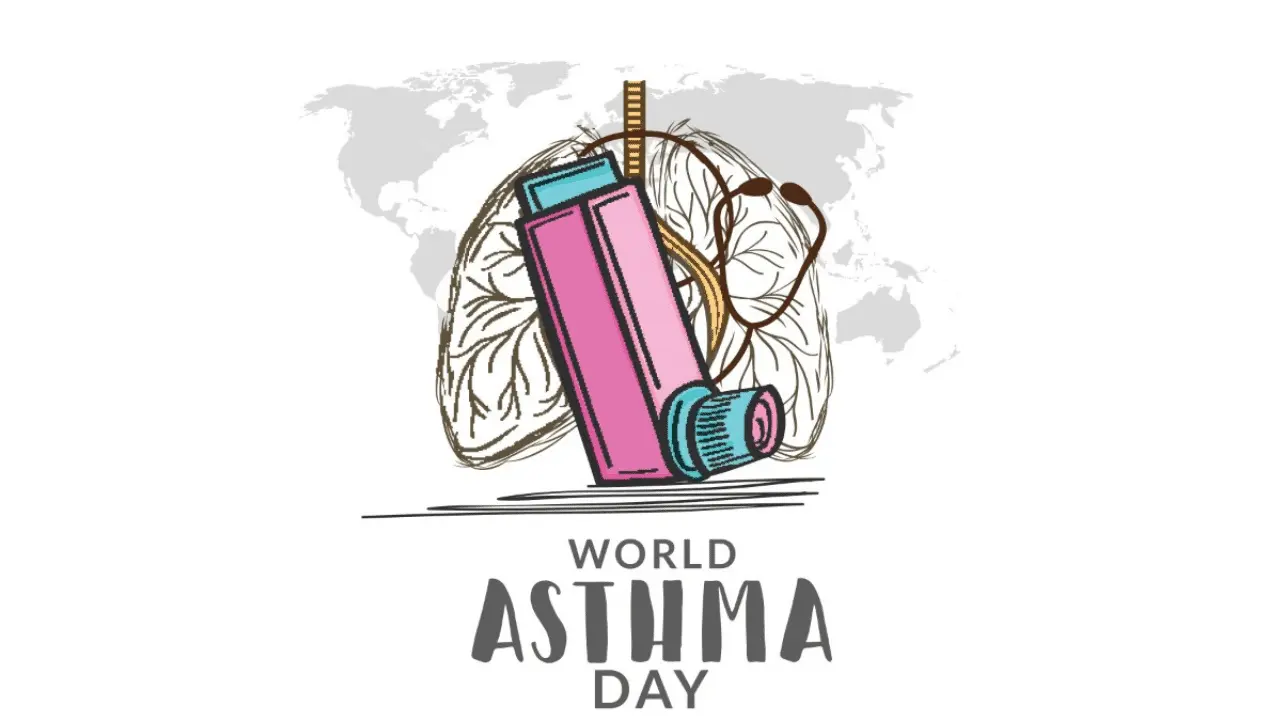The purpose of Brain Injury Awareness Day, which is observed annually on March 4, is to raise public awareness of the serious problem of head injuries, which are so prevalent in the United States and around the world. A person who suffers a brain injury may face challenges in their daily life as well as long-term changes for themselves and their loved ones. Along with Brain Injury Awareness Week and Brain Injury Awareness Month, Brain Injury Awareness Day is an important part of a larger campaign.
AWARENESS DAY ON THE HISTORY OF BRAIN INJURIES Head injuries have been around since the beginning of time. Fossilized remains reveal that broken skull bones were all too common in ancient times, and popular culture depicts cavemen as wild beings who kicked each other over the heads. Early battleground graves contained skulls with holes, indicating that brain injuries were treated with surgery at the time.
The ancient Mesopotamians were aware that head injuries could result in serious complications like seizures, paralysis, and loss of sight, hearing, or speech. Ancient Greek doctors knew that damage to the center of the brain could affect how the brain works normally.
By the Middle Ages, doctors had a better understanding of the signs and symptoms of brain injuries, and the term “concussion” was used to describe a milder kind of head injury. Jacopo Berengario da Carpi, an Italian physician, was the first to provide a systematic list of the symptoms of a concussion.
As the world attempted to comprehend the brain and the effects of injury, the following few decades were marked by experimentation and discovery. Unprecedented head injuries were the result of both World Wars and the violence that followed. Consequently, more research was carried out in this area than in previous years. The development of a rehabilitation treatment to lessen the effects of brain injuries, which had a high mortality rate prior to the war, was partially attributed to World War I.
Brain injuries were recognized as a public health issue in the 1900s. In terms of this condition’s treatment and management, this was a time of innovation and progress. Multiple drugs were developed, standard treatment protocols for brain injuries were established, and survival rates significantly increased.
The United States observes Brain Injury Awareness Day to raise awareness of brain injuries, their causes, and the best ways to prevent them. However, there is still room for improvement.
BRAIN INJURY AWARENESS DAY TIMELINE 1848 The U.S. Crowbar Case On September 13, 1848, railroad construction worker Phineas Gage sustains a brain injury and experiences personality changes. This is the first time that anyone has reported that brain injuries can alter a person’s mental state.
1980: The Brain Injury Association of America is founded. This national health organization is dedicated to all things related to brain injuries, including prevention, advocacy, education, and research. It also organizes Brain Injury Awareness Day and Brain Injury Awareness Month in the United States.
The 1990s were dubbed the “Decade of the Brain” because of extensive research on the brain and brain injuries that resulted in significant advancements in this field.
1993: A learning boost The World Health Organization (WHO) establishes global standards for central nervous system surveillance, making it easier to classify and identify brain injuries and illnesses that are related.
2001: We Have a Task Force With the help of the Bi-Partisan Policy Center and the Brain Injury Association of America, Representative Bill Pascrell of New Jersey co-founds a Congressional Brain Injury Task Force that later co-sponsors Brain Injury Awareness Day.
Frequently Asked Questions (FAQs): What color ribbon signifies brain injury?
Blue is the color of brain injury awareness activities, and green is the color of all conditions categorized as “traumatic brain injuries,” according to the Brain Injury Association of America.
Which month is designated as TBI Awareness Month?
In order to raise awareness of traumatic brain injury and improve the quality of life for people who suffer from it, a variety of activities and events are held in March.
Which three kinds of brain injuries are there?
There are three types of brain injuries: mild, moderate, and severe. While mild injuries, known as concussions, only temporarily alter consciousness or mental state, severe injuries can be life-threatening and result in permanent brain changes or damage.
How to Celebrate Brain Injury Awareness Day Get moving by going for a run or a walk. Several states and cities hold themed walks or runs to celebrate this day. Participate if you can if any are being held near you.
Utilizing common safety measures, such as seat belts and helmets, can reduce the risk of brain injuries by half in the event of an accident. These kinds of small acts of mindfulness can help you avoid brain injuries.
Share your knowledge of brain injuries and what it’s like for people who live with them to educate others. Showcase the best ways you can assist people who have suffered brain injuries by making use of both online and offline resources.
Five Crucial Facts About Brain Injuries The Number of People With Brain Injuries Every Year, at least 5% of the global population experiences a serious brain injury as a result of mishaps, accidents, or other causes.
According to the “Journal of Athletic Training,” although the official annual number is 300,000, football, lacrosse, and soccer account for the majority of concussions.
The significance of wearing a helmet The area just behind the forehead, which controls memory, attention, and problem-solving abilities, is particularly vulnerable to brain injuries. Because of this, wearing a helmet is absolutely necessary to lessen their severity.
Elderly people are more likely to suffer head injuries from slips and falls, according to experts, including the Centers for Disease Control and Prevention.
Rehabilitation is an essential part of treatment for brain injuries. It can take the form of physical or social support, occupational and speech therapy, psychiatric care, or both, depending on the person and their head injury.
Why is BRAIN INJURY AWARENESS DAY so important? Because it helps us understand the complexities of brain injuries and better prepares us to deal with situations in which we are exposed to this chronic condition.
It alleviates negative social attitudes that are associated with brain injuries and educates the general public about traumatic brain injuries, thereby improving the quality of life for those who suffer from them.
Better care and support are provided through Brain Injury Awareness Day, which helps those affected by life-altering and sometimes debilitating brain injuries gain access to a solid support network.



